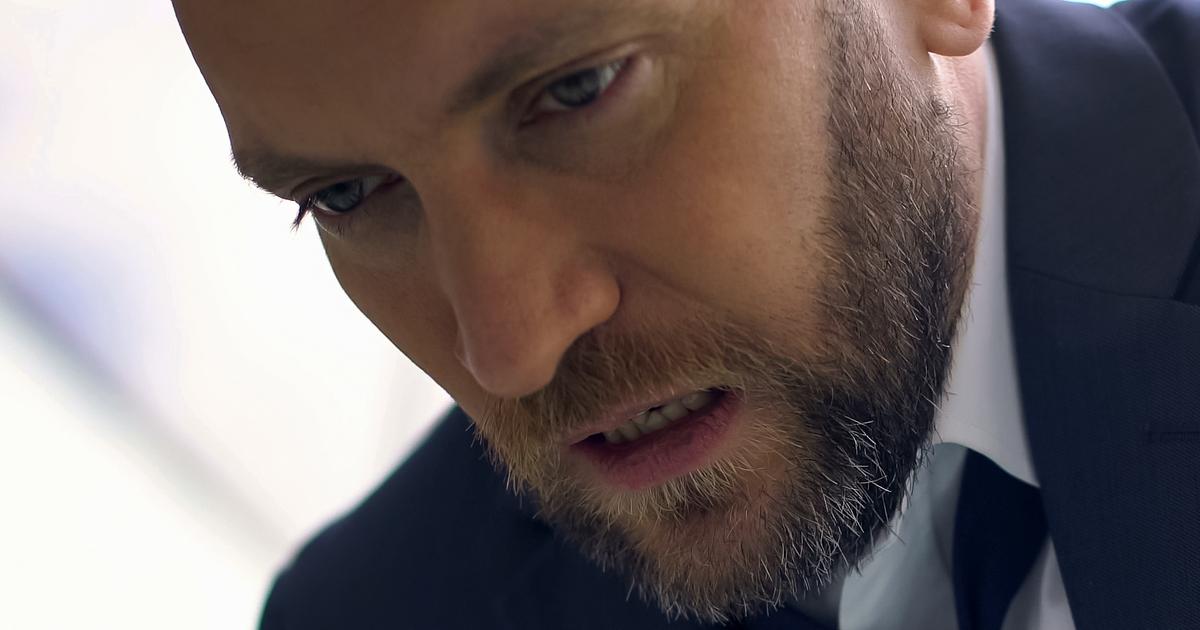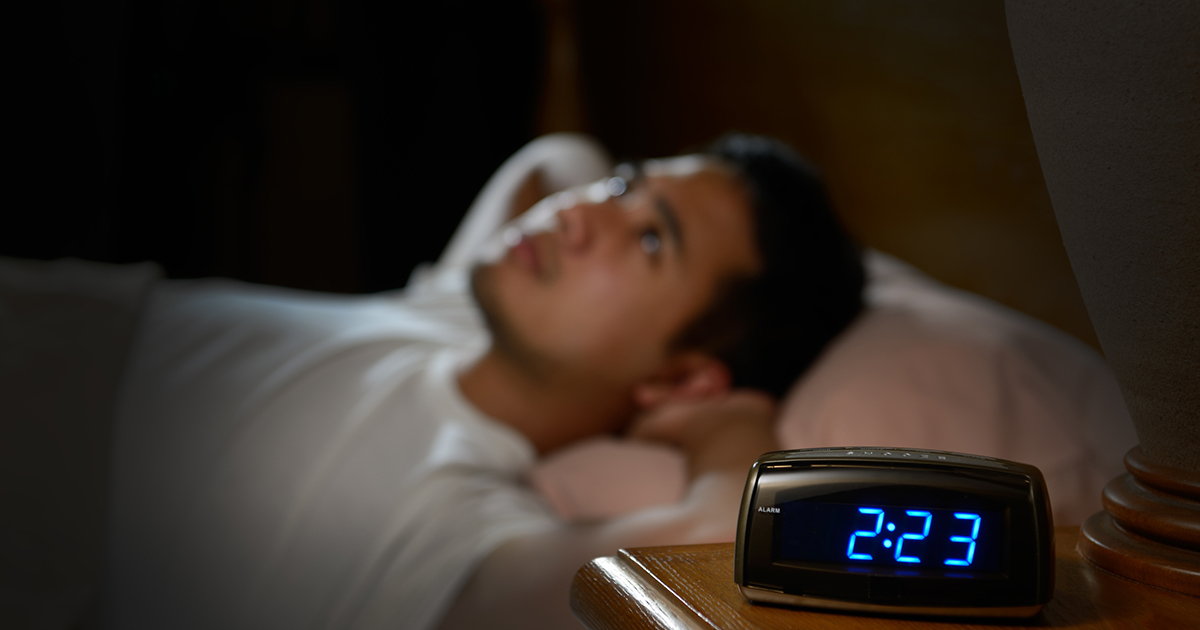Warning Signs Of Chiari Malformation
In Chiari malformation, a patient's skull may be misshapen or smaller than normal, compressing the cerebellum. The compression causes parts of the brain to protrude into the spinal canal, obstructing signals from the brain to the body. Most cases are congenital and result from genetic mutations, lack of nutrients during pregnancy, infection during pregnancy, or chemical exposure during pregnancy. However, an adult may develop Chiari malformation when infection or an accident results in spinal fluid drainage.
In many cases, Chiari malformation treatment requires monitoring with regular MRIs. Sometimes, patients will need decompression surgery for Chiari malformation. Additionally, as this condition causes some pain, patients may need to take pain medication. Others will need to use a cane for walking if they have an unsteady gait. Consulting a doctor for effectively treating Chiari malformation is key. Of course, it helps if patients to understand the symptoms first.
Neck Pain

When a patient's Chiari malformation is present when they are born, symptoms do not usually manifest until they are in their second or third decade. Neck pain is a prevalent symptom seen in those who have Chiari malformation. The neck pain experienced due to the protrusion of brain tissue into the spinal canal is often described as a heavy pressure that is so strong it produces pain. This pain is known to radiate across a patient's shoulders and down their spine.
There are no pain nerves located in the actual brain tissues that extend into the spinal canal. There is a large concentration of sensory nerve cells in the tissues and areas surrounding them in the vicinity of the spinal canal. When the brain tissue from Chiari malformation causes these nerve fibers to become compressed, pain signals are sent to the brain. The pain in a patient's neck may radiate up into their head and face, manifesting as a headache.
Continue reading to learn more about the warning signs of Chiari malformation now.
Difficulty Swallowing

Difficulty swallowing is most common in young children, toddlers, and infants with type I or type II Chiari malformation. Infants and children may experience frequent choking when they are attempting to feed. This is because of the abnormal compression of the nerves, muscles, and tissues at the base of their head and inside their neck. It may be difficult for patients to keep their airway open at the right times. The nerves in the neck and throat may become confused and cause the epiglottis to malfunction. The epiglottis is a flap of tissue that is meant to stay closed when an individual is breathing and open when consuming food or liquids.
Tissue compression can also adversely affect the muscles responsible for implementing the signals from the nerves. When the muscles do not contract at the proper time, the patient may intend to swallow food or liquid, but the mechanisms in their throat and neck breathe instead. Any of these malfunctions due to tissue compression from Chiari malformation can cause problems swallowing.
Get more information on the symptoms linked to Chiari malformation now.
Issues Breathing

Chiari malformation occurs when parts of an individual's brain protrude down into their central spinal canal. Breathing requires the cooperation of several parts of an individual's brain. The brainstem and cerebellum both play critical roles in the autonomous part of breathing. The pons is responsible for bridging the various parts of the brain that control several vital functions. The lower sections of an individual's pons are responsible for regulating breathing intensity. The upper sections of the pons regulate the frequency and depth of an individual's breaths. The medulla, which is part of the hindbrain, manages the involuntary part of breathing. When Chiari malformation causes any of these parts of the brain to become compressed, individuals will experience breathing problems.
Read more about the warning signs of Chiari malformation now.
Poor Coordination

The cerebellum puts together the sequence of movements and then implements them. Other parts of the brain are involved in the movement coordination process. However, the cerebellum is responsible for most of this function, along with posture and balance. When the cerebellum becomes damaged due to excessive pressure, the individual will have trouble controlling the position of their legs, arms, and posture.
Chiari malformation patients can sustain extensive damage to parts of their cerebellum as it inappropriately extends down into the increasingly narrow spinal canal. The medical terms used to describe these problems with coordination are known as dysmetria and ataxia. Poor coordination may or may not be isolated to a patient's posture and limbs when it is caused by Chiari malformation.
Discover additional signs of Chiari malformation now.
Unsteady Gait

Once again, the excess pressure Chiari malformation puts on the cerebellum and other parts of the brain can result in damage that influences an individual's ability to function. Specifically related to the poor coordination discussed previously, this damage and pressure can cause Chiari malformation patients to have an unsteady gait when walking. They can deal with more frequent falls due to their unsteady gait and may require the use of a cane or other ways to get additional support when walking. Thankfully, treatment for Chiari malformation, when it is called for, can significantly improve an individual's unsteady gait.
Continue reading to reveal more symptoms of this condition now.
Scoliosis

Many individuals with Chiari malformation, particularly type I, will deal with scoliosis as a symptom. On average, scoliosis is seen in twenty percent of Chiari malformation patients. However, if Chiari malformation is linked to syringomyelia, this rises to sixty percent. Scoliosis, of course, is a spinal issue. It refers to a sideways curvature to the patient’s spine. It typically develops when patients grow prior to puberty.
Unfortunately, severe scoliosis is quite devastating. It can make it quite difficult for an individual’s lungs to expand properly due to reduced space in their chest. Warning signs of scoliosis include uneven shoulders and waist, one hip being higher than the other, and one shoulder blade being more prominent than the other. Pain can develop, as well as spinal twisting, in severe cases. Patients may need a brace in mild cases or surgery in severe ones.
Reveal more symptoms linked to Chiari malformation now.
Insomnia

Many individuals with Chiari malformation deal with sleep problems. In many instances, it will be insomnia, which refers to a disorder that makes it quite challenging for individuals to fall or stay asleep at night. Insomnia can appear in the short-term, which means that it is an acute case, or in the long-term, which means it is chronic. Acute insomnia typically spans from one night to a few weeks before disappearing. Most doctors agree that chronic insomnia is experiencing it at least three nights each week for at least three months. Patients dealing with Chiari malformation are more likely to experience chronic insomnia, even if their inability to sleep is only due to the discomfort from their other symptoms.
Discover more warning signs of this condition now.
Tinnitus

Chiari malformation type 1 may cause tinnitus, or ringing in the ears, in some patients. The good news is that tinnitus is not as common in Chiari malformation as other symptoms. However, some experts say that up to fifty-six percent of patients may experience ringing in their ears due to Chiari malformation. Others claim that the average is likely around thirty-eight percent of patients. Ringing is the most common word used to describe the sound that patients deal with due to tinnitus. However, others may describe it differently, such as a humming, clicking, or buzzing sound. Treatment for Chiari malformation should relieve this condition, although patients may also benefit from specific tinnitus treatments, including tinnitus retraining therapy and white noise machines.
Get more information on the symptoms of Chiari malformation now.
Dizziness

As mentioned, Chiari malformation patients will deal with part of the brain pushing into their spinal canal. This makes several functions challenging since brain signals are compromised because of the pressure and blockage. One of the major and common symptoms is dizziness. In fact, many patients will experience extreme dizziness and feel as if tier environment is spinning around them. This is often referred to as vertigo. Research indicates that most Chiari malformation patients deal with worsened dizziness due to straining or when their head has been inclined for an extended period. Patients should sit or lie down when they are dealing with significant dizziness.
Uncover more Chiari malformation symptoms now.
Hearing Problems

Many patients will experience hearing problems as a sign of Chiari malformation. However, there are quite a few potential hearing issues that may arise. Tinnitus, as mentioned previously, may sometimes make it harder for individuals to hear. In addition, reports indicate that up to eighty-one percent of Chiari malformation patients will experience periodic aural fullness. This refers to a feeling of fullness or blockage in the ear. It often causes sounds to be muffled, and as a result, it is harder for individuals to hear. Aural fullness may sometimes present with a popping or cracking sound in the ears as well. Fluctuating hearing is present in over half of individuals with Chiari malformation. Finally, research shows that approximately seventy percent of patients can expect to deal with sensorineural hearing loss in one of their ears.